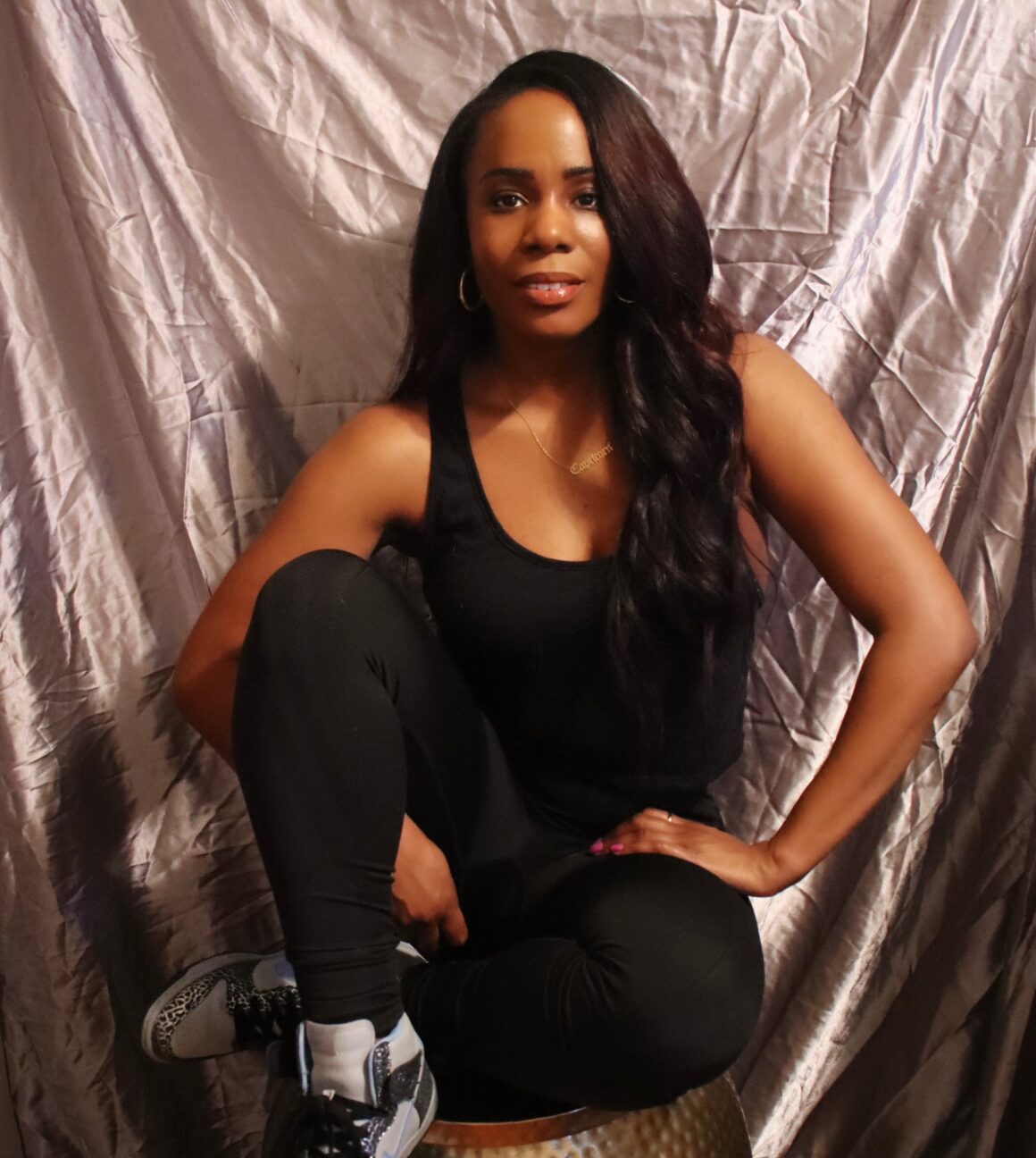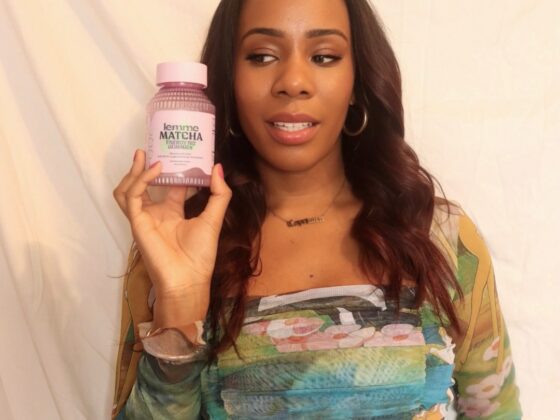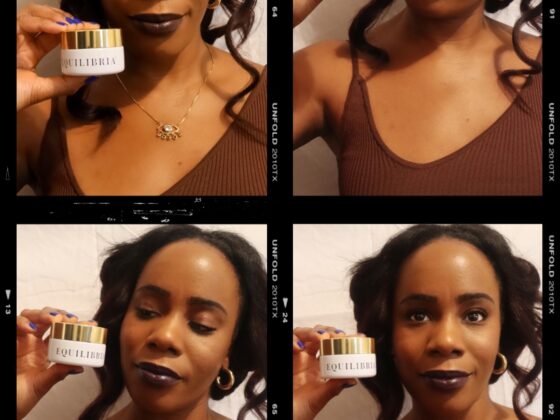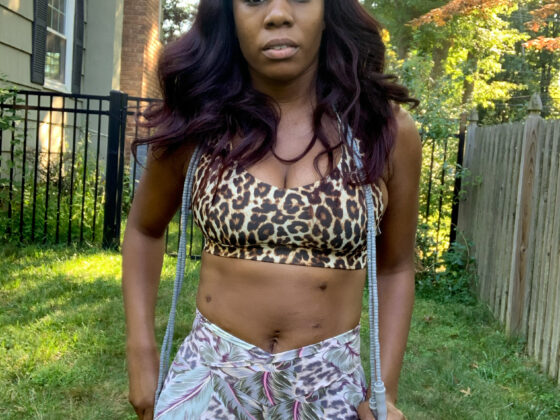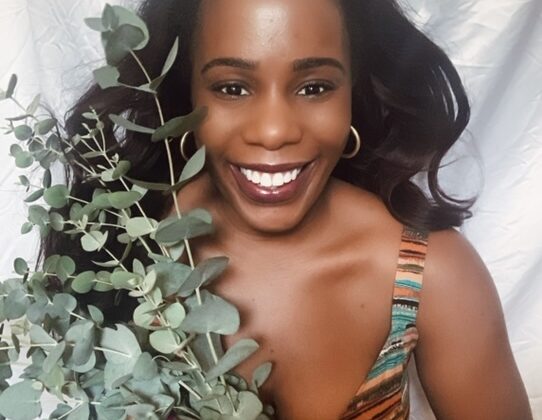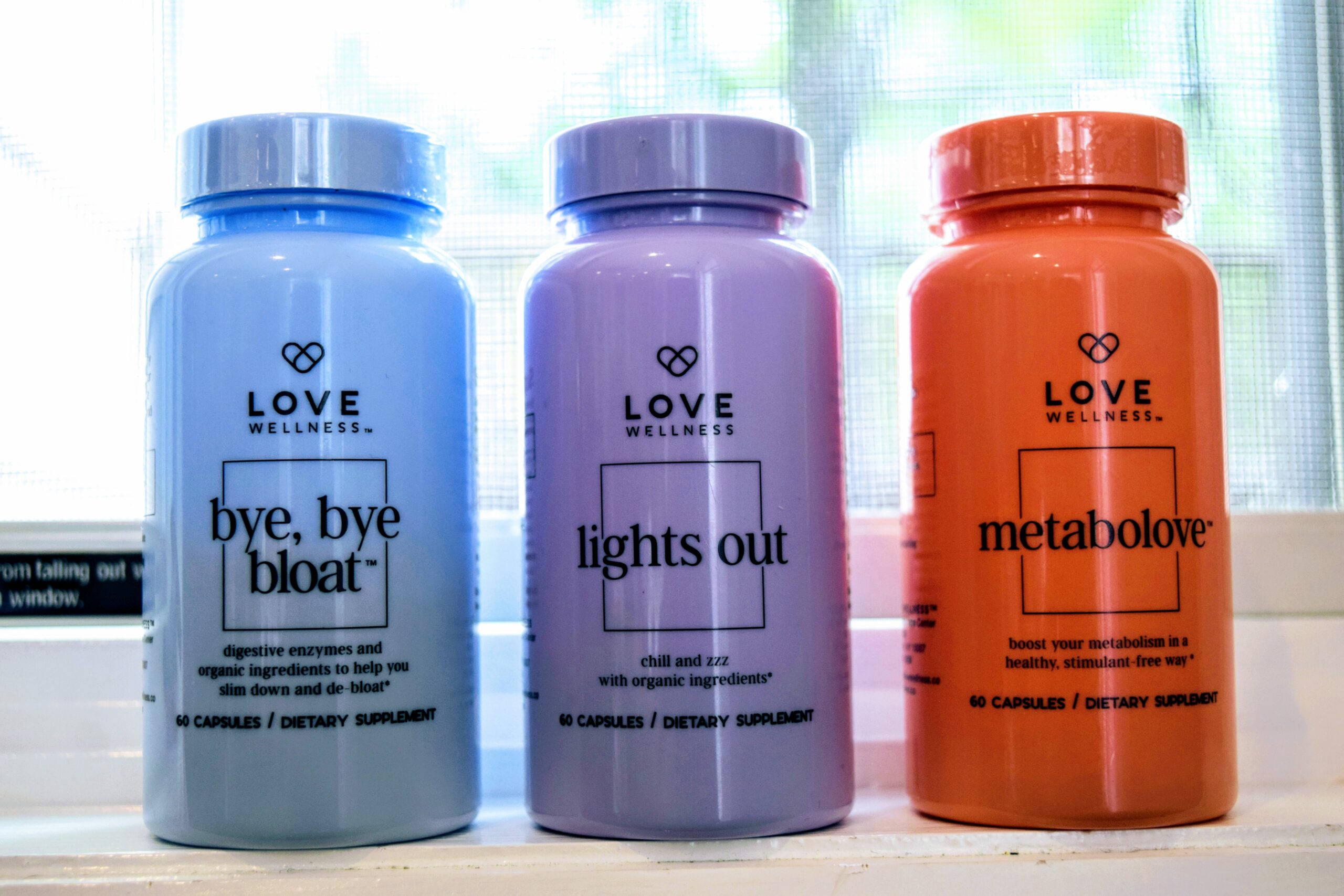Disclaimer: I’m not a medical professional, the goal of this post is to share how I feel Intermittent fasting has been incorporated into my wellness routine. Definitely consult your doctor to see if they feel intermittent fasting may cause any health risk to you.
With so many diet fads it’s tough to pinpoint which diet will actually work for you. There is Keto (which I feel everyone was on two summers ago), Veganism, Palio, Mediterranean, just so many options out there it’s easy to feel overwhelmed! I gravitated to Intermittent fasting and I feel like it’s more of a lifestyle than a diet. I wanted to provide insight into the true definition of intermittent fasting and my personal results that I have seen over the last seven months.
What is Intermittent fast?
Intermittent Fasting is an eating pattern where you cycle between periods of eating and fasting. Some say it’s more about when you eat rather than what you are eating. Although I beg to differ about this but I will get to that a little bit later. There are different hour methods but what I stick to is the 16/8 method. I basically fast for 16 hours every day and restrict my eating to an 8-hour eating window. I know…when you hear “fast for 16 hours” it sounds long but it really isn’t. For example, if I finish dinner at 6 pm I won’t eat until 10 am the next day. I spend the majority of my fast sleeping! Below is a list of the different intermittent fasting methods. You can also read about each method in more detail here:
Intermittent Fasting Methods
- The 16/8 method involved fasting every day for 14-16 hours and restricting your daily window to 8-10 hours.
- The 5:2 method involves eating normally 5 days of the week while restricting our calorie intake to 500-600 for two days of the week.
- Eat Stop Eat involves a 24-hour fast once or twice per week.
- Alternating-day fasting involved fasting every other day.
My Personal Journey with Intermittent Fasting
I started intermittent fasting in the summer of 2019 to get ready for a trip to Italy. While doing intermittent fasting I also was working out probably six times a week. Doing everything from boxing to running, and weight training classes. What I realize now is that I was overworking myself and adding a lot of stress to my body.
When the pandemic hit in March of 2020 and gyms closed I knew I had to figure out a way to remain active. After a few months of doing my usual work out of burpees, boxing, and HIIT classes by the top of summer I felt an overall inflammation to my body. It could have been the stress of the pandemic and also the amount of alcohol I was consuming over the first few stressful months of the pandemic. Note to self: stress drinking is literally NEVER the answer. ; 0
In July of 2020, I decided to start intermittent fasting again and I was going to be diligent about it this time. Along with fasting I also slowed down on the strenuous workouts. I narrowed down my works out to virtual pilates and jumping rope. If you haven’t started to jump rope I highly suggest it, it burns an insane amount of calories and it’s also great for the mind. After the first few months of combining fasting with my new work out regiment, I noticed I started to become leaner and had much less inflammation in my body. At times we think working out extensively with HIIT classes 7 days a week should help you drop weight, which is true for many but wasn’t true for me. In my case, I believe overworking my body was doing havoc on my progesterone levels. For more details on working out and hormone levels, there is a great podcast called Healthy Hormones For Women”. They have a great episode on hormones and intermittent fasting called “Hormones, Menopause, and the Keto Green Way”.
In order to see results, you do have to continue to be mindful of what you eat. You can fast but if you are inhaling unhealthy food during your eating window you may not see the results you are looking to obtain. I also don’t drink alcohol when I’m fasting. I usually fast Monday through Friday and loosen the reigns a bit on the weekends. I still love my glass of wine, but once you drink alcohol your fast is broken. Sorry to say!
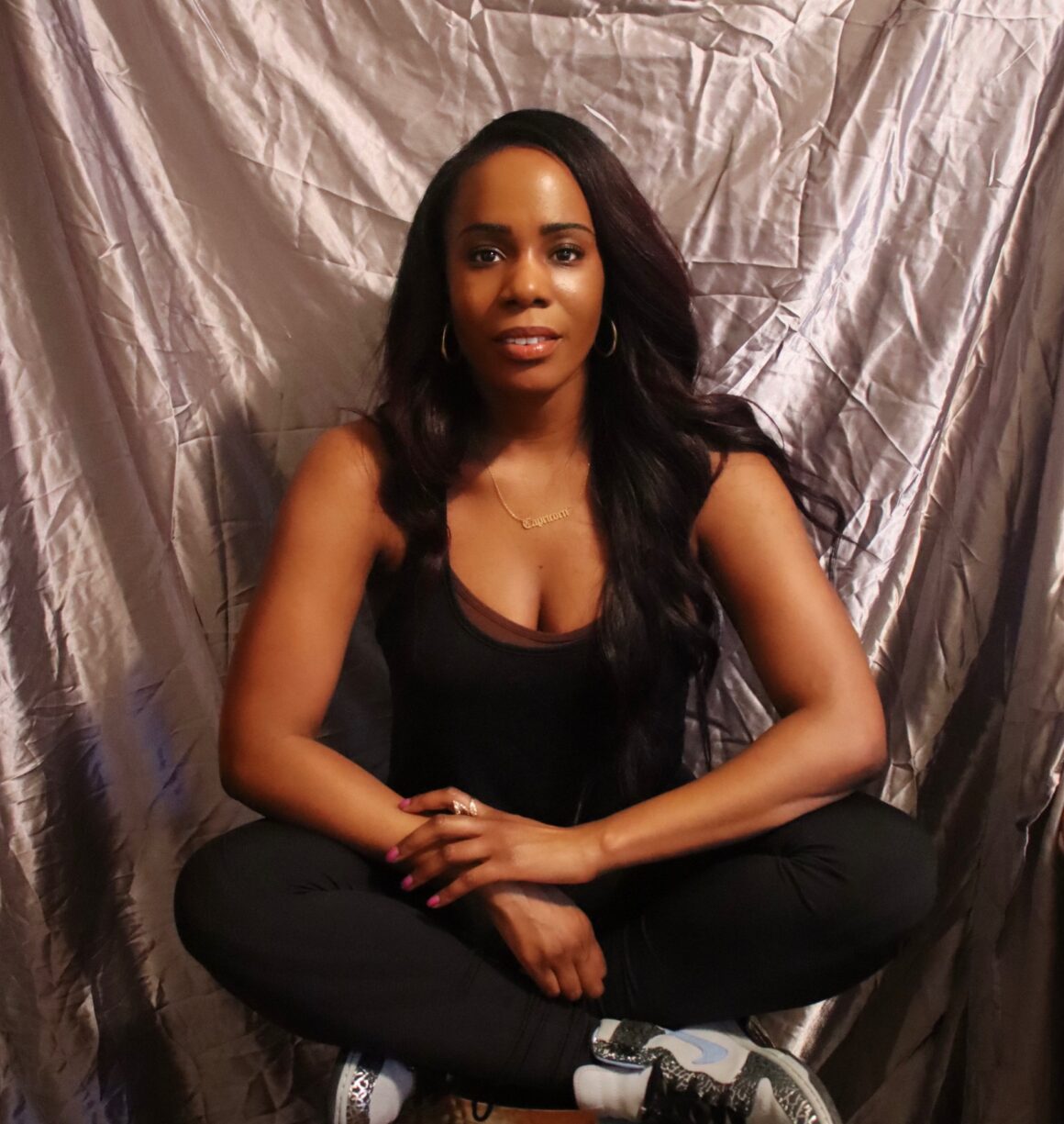
How I track my fasts.
In order to make sure I’m eating at the right times, I track my fast on an app called ZERO. It’s a free app that makes you log the times you start to fast so you can see your exact end time of your fast. It also stores all of them so you can see the number of fast you have completed. It’s a straight forward app to use, and the best part is it’s FREE! You can check out the app here.
The question I get the most is “Well don’t you get hungry?”. To be honest, in the beginning I would look at my app like “When is it time to eat already!?” But my body has become so acclamted to it that I don’t get that hangry feeling anymore.
What you are allowed to eat in the mornings?
Since I do 16.8 method I don’t eat breakfast. The fast is broken once you eat anything that has a calorie. In the mornings I have warm lemon water, with mint, cayenne, and a splash of apple cider vinegar. It’s great for digestion and cleansing the system. You can also have coffee but it has to be BLACK. No sugar, no milk, no almond milk no oat milk. NADA!
Final Thoughts!
I hope this post helped provide some clarity on the ins and outs of intermittent fasting. Fasting is not for everyone, but it’s worth a try to see if you end up enjoying how it makes you feel!
